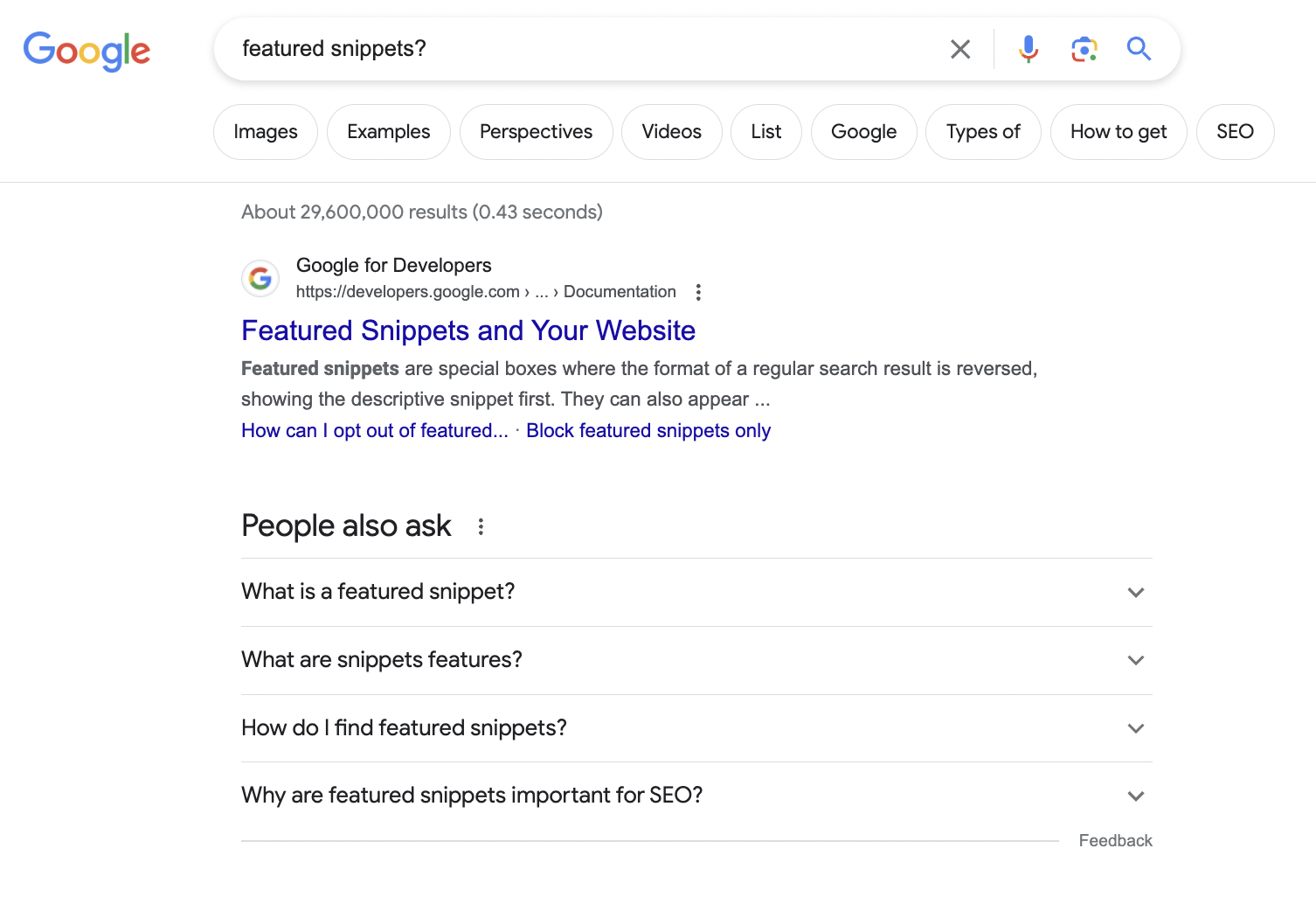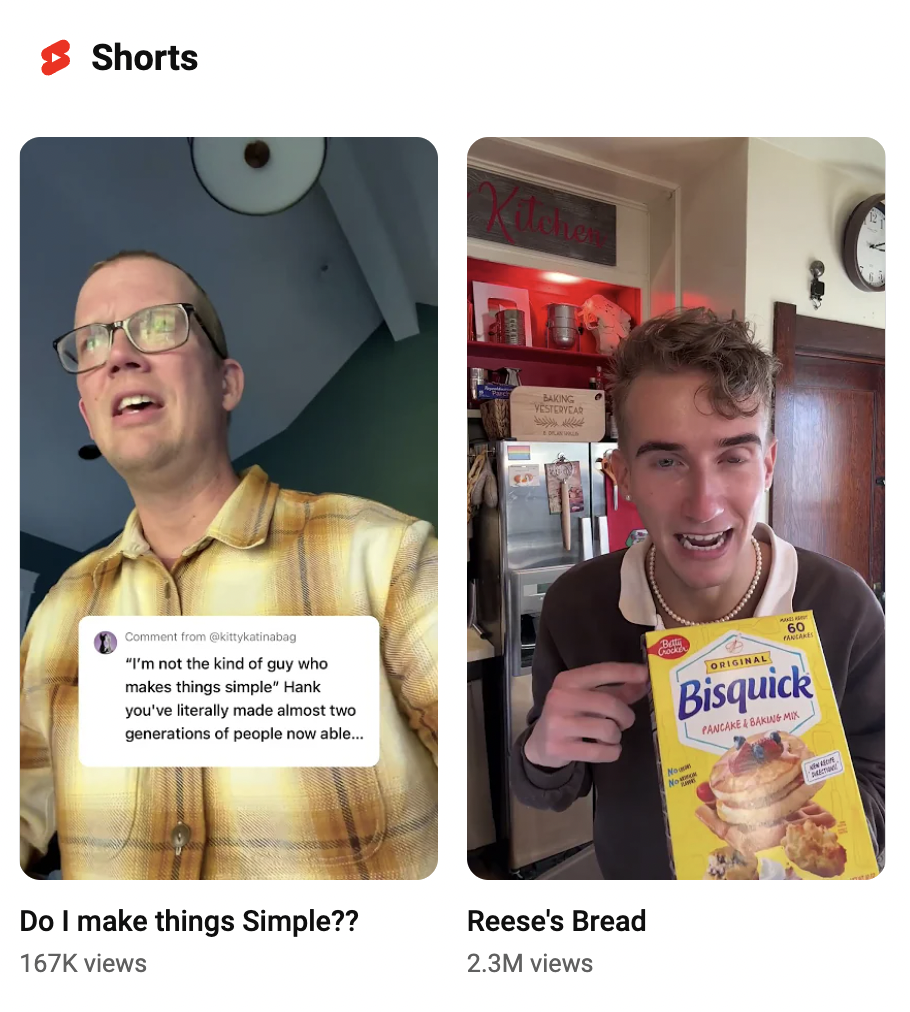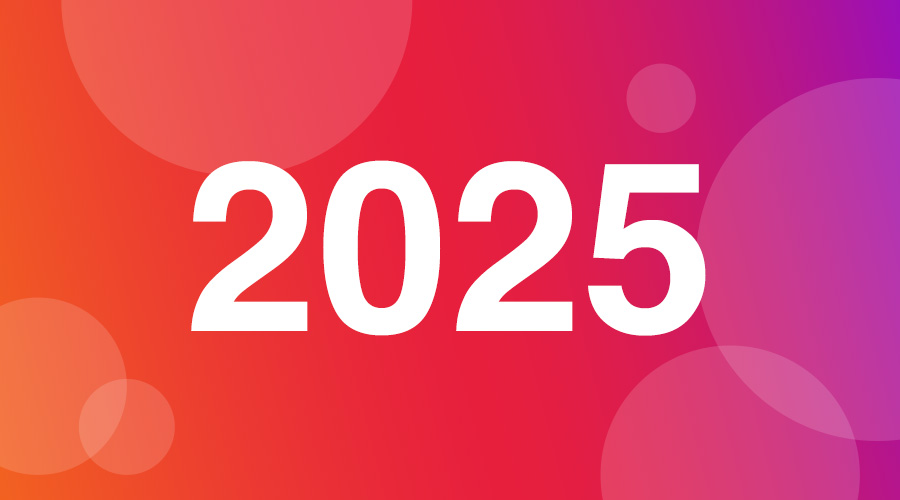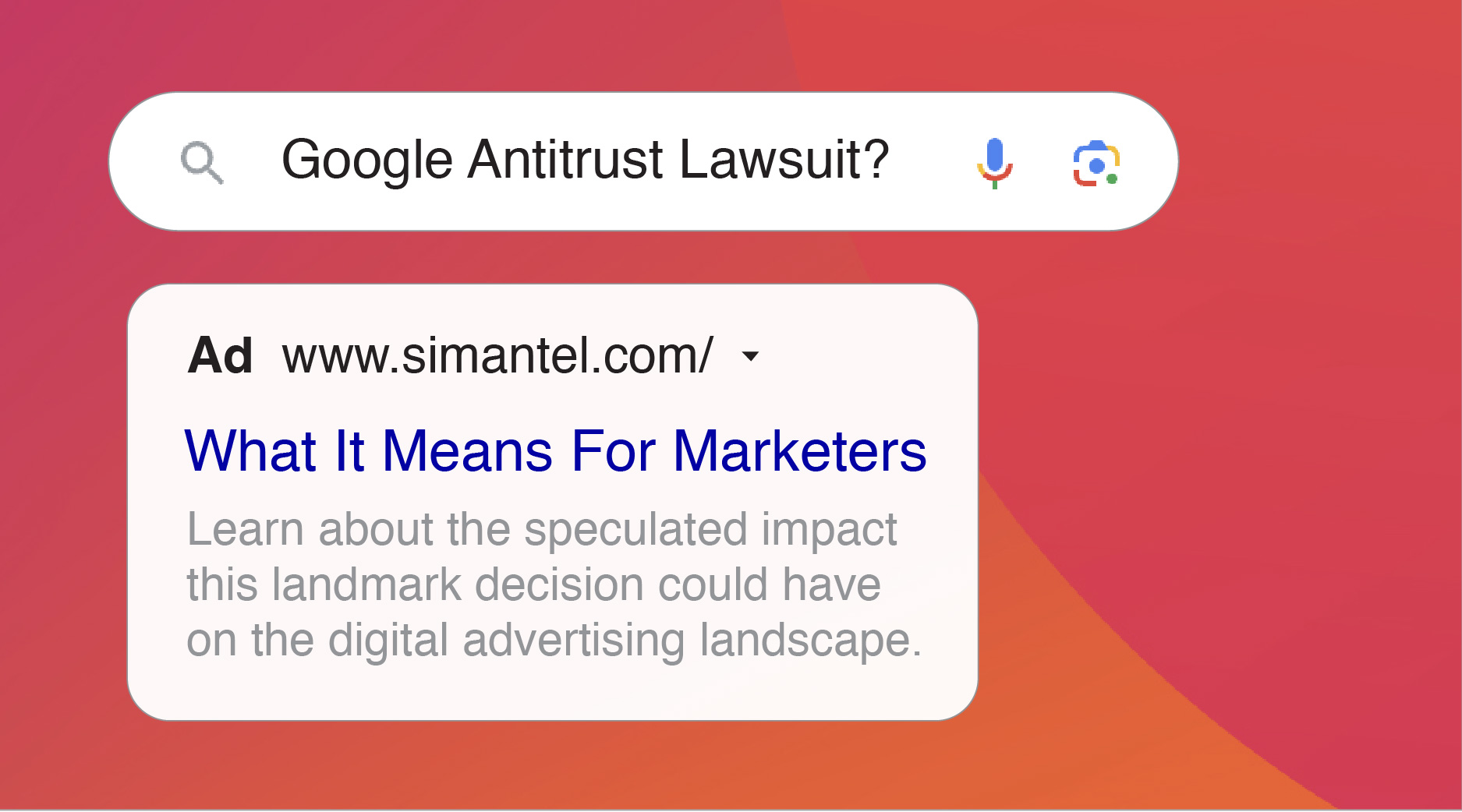There’s been a lot of talk in the zeitgeist about the attention crisis in the last few years to the extent that there are over 420M Google results for the phrase “what is the attention crisis?” alone.
So What is the Attention Crisis?
In short, the attention crisis is the name given to the belief that the human attention span and ability to focus is being diminished by the distractions of modern life.
Is the Attention Crisis Real?
Yes. No. Maybe? It’s complicated. There are research studies that suggest that adults report feeling like their attention spans and ability to focus are decreasing. There is data to support the fact that people’s focus on digital media is decreasing. One such study, conducted by Dr. Gloria Mark, a professor of informatics at the University of California looked at the attention of participants to a screen and found that starting in 2004, the average attention was held for 2.5 minutes, some years later that declined to 75 seconds, and recently it has declined to an average of 47 seconds.
Not only that, but her study looked at attention related to work. Finding that once attention has been diverted from active work it can take up to 25 minutes to refocus on a task.
The part we get hung up on isn’t the obvious fact that what and how we give attention is changing, but the notion of a crisis.
We’re marketers not mental health professionals, but we expect to see frequent changes to how, what, and where humans are directing their attention – it comes with the territory, and we’ve had enough crises for one lifetime, thanks!
Which is why we’ve created…… drum roll……
A Marketer’s Guide for Embracing the Attention Crisis
As marketers, we’re not in the business of telling prospects and customers how to spend their time. Rather, we’re focused on reaching them at the right times, in the right channels and developing meaningful measurement approaches for analyzing customer journeys and optimizing our efforts towards achieving our end goals.
If you can’t beat ‘em, join ‘em if you will.
Don’t Fight the Format
More often than not, a prospective customer isn’t engaging with your brand for the first time by directly visiting your website, so when you’re creating content it’s important to create it in context to the platforms they are likely to encounter it, and that means optimizing content to those formats. Let’s take a look at some examples.
How to Capture Attention in Search
If you are, like me, a generator of long form article content, then starting with the end goal in mind matters. When marketers think about how to combat the attention crisis, high-intent channels like search are a key component of driving users to engage with our content “the way they used to.” Certainly, keyword research and meta data matter, but you also want to look at ways to make your content more featured snippet friendly.
What are Featured Snippets?
Featured snippets are highlighted excerpts of text that the Google Search Engine picks up to display at the top of the search result listing. These placements have become known as “Position 0.”

What Types of Featured Snippets are There?
The list continues to evolve but currently the most common featured snippet placements are:
- Paragraphs: brief descriptions of a topic or definitions
- Videos: commonly populated from YouTube and leveraged frequently for “how-to” queries
- Tables: a visualization of data to aid users in different types of comparisons
- Lists: ordered or unordered lists that allow users to see rankings, steps of a process or things included in a particular category
Why Are So Many of These Sub-Heads Questions?
Subliminal messaging! Formatting your content to answer the questions users are seeking is a good place to start when you are looking at ways to optimize for search because many inquiries are worded (or assumed to be worded) as questions.
Will This Article Rank?
Probably not, but that wasn’t its goal. It passed the keyword density benchmark though so, heck yeah!
How to Capture Attention in Long-format Video
Ummmmm…trial and error? While the answer, “it depends,” never feels super great, long-format video is absolutely one of those channels where it depends. Once upon a time we believed that 3 minutes was long because it was, but more and more long-form video can account for “short” 3-8 minute videos or videos that could rival the Titanic’s run time of 3 hours and 15 minutes broken up across TWO VHS tapes. It really depends on the type of content you are promoting and your audience.
As a general guideline the following formats make sense for “short” long-format videos (3-8 minutes):
- Product Reviews
- Branding Videos
- Explainers
- Teasers
- Highlights
- Basic How-Tos
While videos in these categories make sense for “longer” long-format videos (10 minute+):
- Complex Tutorials
- Documentaries
- Live Stream Recordings & Event Coverage
- Challenges
- And no, not like eating Tide Pods or torturing people for a chance to win money, but industry-relevant tests of skill like the Cat Global Operator Challenge.
How to Capture Attention in Short-format Video
While we may reject the idea that we’re becoming goldfish, it’s true that if you want to engage users in short-format videos, your first 8 seconds better make them want to watch. The only way to stop the scroll is to give someone something they want to watch. Anywhere from 74% – 99% of users admit to frequently skipping ads depending on the research study you want to cite. If your content feels like an ad, users will skip it.
“But my ads have so many views!” Totally – but remember to be checking your view-through rate (VTR) because depending on the platform, a view can be as little to 2-3 seconds watched.
How Do We Optimize for Short-Format Video?
- Leverage trends and popular sounds
While trends and popular sounds are only a part of the recipe to gaining traction in short-format video channels, when paired with a consistent posting schedule and quality relevant content it’s a great strategy for increasing your chances of getting in front of your prospective audience.
- Consider micro-influencers
We’ve already addressed how users are becoming more and more likely to scroll past ads in these channels. One way to combat that is to make your ads feel more like real content by partnering with micro-influencers whose existing audience matches your prospective audience and giving them creative input towards helping you deliver your message.
Prospects are more receptive and trusting to the opinions of people they have formed parasocial relationships with than new-to-them brand identities.
Just be sure to vet them well and have the lawyers sign off! We’re marketers – we have a love-hate relationship with Legal, but we appreciate them.
- Focus on being reaction-worthy
One of the best ways to keep users on your content longer is to give them a reason to open the comments section. For commenters, the top motivations behind posting a comment according to a study done by Talia Jomini Stroud and her colleagues at the University of Texas at Austin’s Engaging News Project were to express an emotion or opinion, to add information, or to correct inaccuracies of misinformation. Based on informal qualitative research done in our office, we also believe that comment lurkers desperately want to see if other people had the same emotional reaction or hot take they had when viewing the content.
- Engage in the conversation
Whether this means providing your own hot take on something trending in the social-sphere or simply replying to comments – remember that the reason so many users choose to consume social media is equal parts choosing their distraction and wanting to feel engaged in what’s happening in their online communities and the great big zeitgeist.
- Be timely
Every social media manager worth their salt is waging a war right now on how long it takes for corporations to provide approval to post content. While more traditional “industry” focused communities and channels like LinkedIn, Forums or Editorial Channels can see topics trend for up to 2 years, short-format video topic trends tend to have a shelf life of 1-3 days so speed to market matters!
Tip: Test your formats with your audience. We’re marketers – we love a best practice and a benchmark, but ultimately, what works best for one brand based on their target market may not work for yours. So benchmark against yourself and set aside time and budget for testing to help you find your sweet-spot.
Play to the Platform
In the era of the so-called attention crisis, you can’t just BUY attention. While paid advertising still has a huge stake in the game for increasing reach and getting your content in front of the eyes of your target audience, to best engage your audience, you must respect their desired experience in-channel.
That means thinking about your content and how it displays in-platform. Whether that’s your owned, paid or earned content.
Owned Content: online properties owned and controlled by a brand
- i.e., your website, your social media pages, your email marketing
Paid Content: content you pay another platform to deploy for you
- i.e., your paid advertising, including native advertising
Earned Content: Press! Earned content is any material about your brand that you did not create or pay to have published.
- i.e., mentions in industry contents, news articles, online reviews, social media mentions, etc.
Where a user is going to see your content informs the display types your content should follow. It’s important to respect a user’s preferences about engagement based on the channel you are in.
Ways to Lose User Attention by Not Optimizing to Platforms
- On Facebook, posting a video link to YouTube will result in a lot less views than if it’s published directly to Facebook.
- Posting horizontally oriented videos to TikTok, YouTube Shorts or Instagram Reels is a great way to have it be scrolled past because it disrupts the user’s expected experience in those channels.

- Posting a thumbnail image on LinkedIn with a brief description driving users to a website decreases the chance of engaging users. Instead, share articles directly within the platform.
- Not leveraging in-platform lead capture or sales to drive conversion rates. Tip: you should be using these tactics in ADDITION to your owned-platform conversion funnels.
The benefit of optimizing content to the platforms on which it’s served is increased engagement, but the cost can mean having to realign your expected return or the measures you use to evaluate content effectiveness.
Example in Action: Let’s take the LinkedIn example. If your goal is to drive traffic to your website, you probably don’t want to publish your entire article as a LinkedIn article. But that doesn’t mean you can’t still optimize your thumbnail to the format. Engaging pull quote graphics can be much more effective for capturing the attention of someone during their scroll than your default social share image thumbnail from your page meta data!
Redefine Attribution
When user behaviors and experience expectations evolve, so to must our approach to measurement. Each brand has to define for themselves the attribution model they want to leverage. While we are big fans of data-driven models that account for some degree of multi-touch attribution, we acknowledge that the real measurement superpower is multi-touch measurement visibility.
As the data privacy landscape changes, the more you can do to de-anonymize your users’ interactions with your brand across channels, the better!





